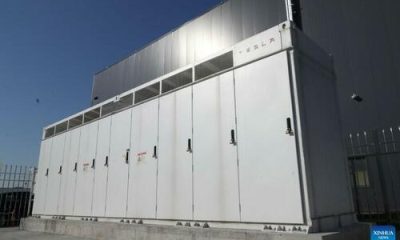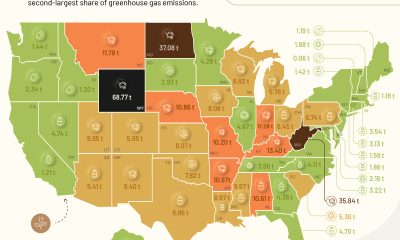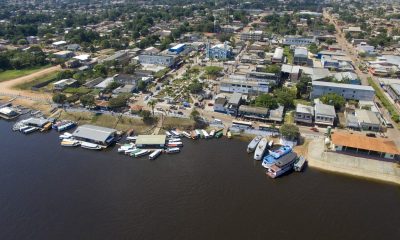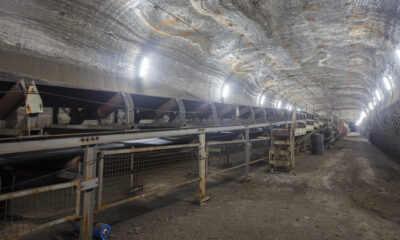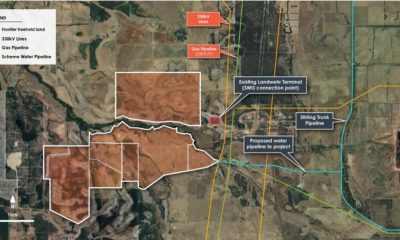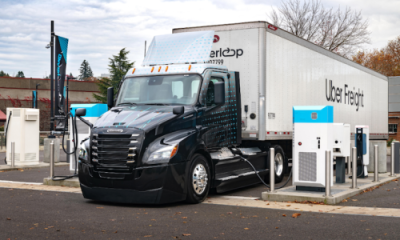Energy & Critical Metals
Is this Australia’s next tin operation?
Australia’s tin production pales in comparison to other commodities, but there are several companies looking to bring tin mines online. Australian Mining…
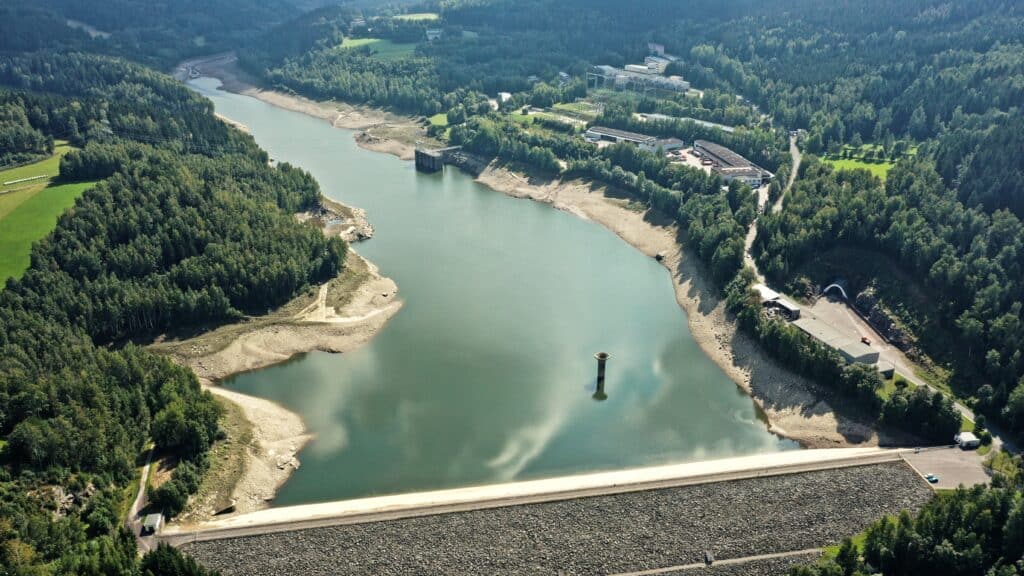
Australia’s tin production pales in comparison to other commodities, but there are several companies looking to bring tin mines online. Australian Mining takes a closer look at First Tin’s Taronga project.
First Tin is looking to bring Australia’s next tin mine online, with its Taronga project in New South Wales considered the fifth largest undeveloped tin reserve in the world. It is also developing its Tellerhäuser tin project in Germany.
Completing its acquisition of Taronga from Aus Tin in April 2022, First Tin aims to deliver a conflict-free, low capital expenditure (capex) operation that is ESG-friendly and free from geopolitical risk.
Australian Mining sat down with First Tin chief executive officer Thomas Buenger to find out more about the Taronga project and its important role in a renewable energy future.
Could you tell us a bit more about the Taronga project?
The Taronga project has a very long history. It was explored and developed towards a pre-feasibility study in the ‘60s, ‘70s and ‘80s by BHP and Newmont.
But in the ‘80s, there was the clash of the International Tin Council, which led to a total breakdown in tin prices at the beginning of the ‘80s. So Newmont – the owner at that time – stopped any further development work, and then divested the asset later on.
From afar, Taronga seems to be a low-grade tin asset, but the beauty of the project is it has a very simple mineralogy, so it is possible to upgrade the initial head grade through simple mechanical processing steps from the initial low grade to a mid-grade.
Tell us more about Taronga’s mineralogy and its mineralogical upside?
At Taronga, the cassiterite is hosted in quartz veins and if you look on top of the outcrop, you have a series of waves. There are approximately 15 to 20 per metre and they’re between one and three millimetres wide.
The beauty of that is the cassiterite minerals are quite large, so up to three millimetres embedded in quartz veins. After mining the material, if you start the processing and crush it, you simply break off the quartz with the embedded cassiterite from the hornfels, and that already leads to an upgrade of the material.
So after the first two processing steps, we can achieve roughly a two-to-three-fold upgrade in cassiterite concentration and it brings simple mineralogy and low-grade into something that is feasible to upgrade further to a saleable cassiterite concentrate.

That feeds into the low capex nature of the project, I suspect?
If you look into the previous pre-feasibility study, that considers processing the whole volume from the front-end to the back-end of the processing plant.
What we consider is to discard substantial volumes early on, which leads to the option to shrink substantially the back-end of the plant, which is not only a benefit in regards to lowering the capex but also the opex (operating expenditure) as well.
After the first two steps (of processing), we will already discard 70 per cent of the volume, and a few mechanical steps later, most probably another 20 to 30 per cent, so the back-end might shrink to maybe 15 to 20 per cent of the initial volume that we start to process.
Why do you think there are not more tin miners in Australia?
Australia used to be a big tin producer in the past, particularly in Tasmania. This includes Renison with an outstanding orebody as a tin producer and there are more tin resources out there. There’s a lot of exploration ongoing from other companies on the market as well so I expect there is further tin production potential.
Maybe it (having less Australian tin miners) is a result of the breakdown of the International Tin Council, which happened to our Taronga asset in the past.
One outstanding quality with Taronga is it’s most probably the closest to operation. Every other tin asset in Australia is not as mature as our Taronga asset and that’s one of the reasons why we are pushing very much towards it.
If everything goes according to plan, we might turn the Taronga asset into an operating mine in 2025–26 exactly when the gap in supply and demand of tin widens most. Tin’s major use case is solar and it ends up in everything that has to do with the energy transition, with electro mobility, with artificial intelligence and with electronics. That is the growth driver for tin demand.
What are your immediate objectives at Taronga in 2023 and beyond?
We started at Taronga a definitive feasibility study during July this year, and we are pushing to finalise it end of next year. So that’s a midterm target.
In parallel, we started in March this year the Four Seasons monitoring process for the environmental impact assessment, which is the input for the study.
We also have a drilling program up and running with a two-fold aim. One aim is to increase the resource statement because if we look today, the Taronga project consists of two individual orebodies with nothing in between as there was no exploration done by our predecessors here.
And we are doing step out drilling at the south-west end of our orebody because there is an outcrop of mineralisation at the surface which most probably will lead to the option to extend the resource. I expect to have an update of the resource statement end of Q1, beginning of Q2 next year.

Uranium Exploration Company Announces Additional Staking in the Athabasca Basin
Source: Streetwise Reports 12/22/2023
Skyharbour Resources Ltd. announced an update from its Canada-based Falcon Project along with additional…
Tesla Launches New Mega Factory Project In Shanghai, Designed To Manufacture 10,000 Megapacks Per Year
Tesla Launches New Mega Factory Project In Shanghai, Designed To Manufacture 10,000 Megapacks Per Year
Tesla has launched a new mega factory…
Giving thanks and taking stock after “a remarkable year”
An end-of-year thank you to our readers, industry colleagues and advertisers before Electric Autonomy breaks from publishing until Jan. 2
The post Giving…

